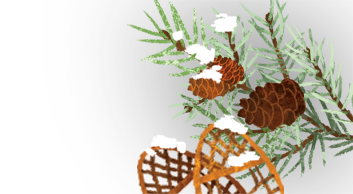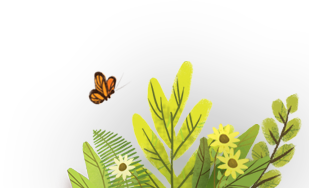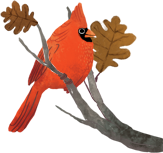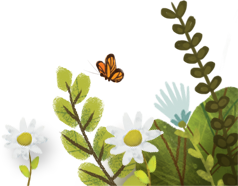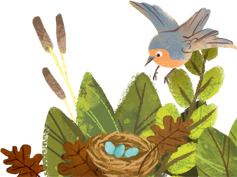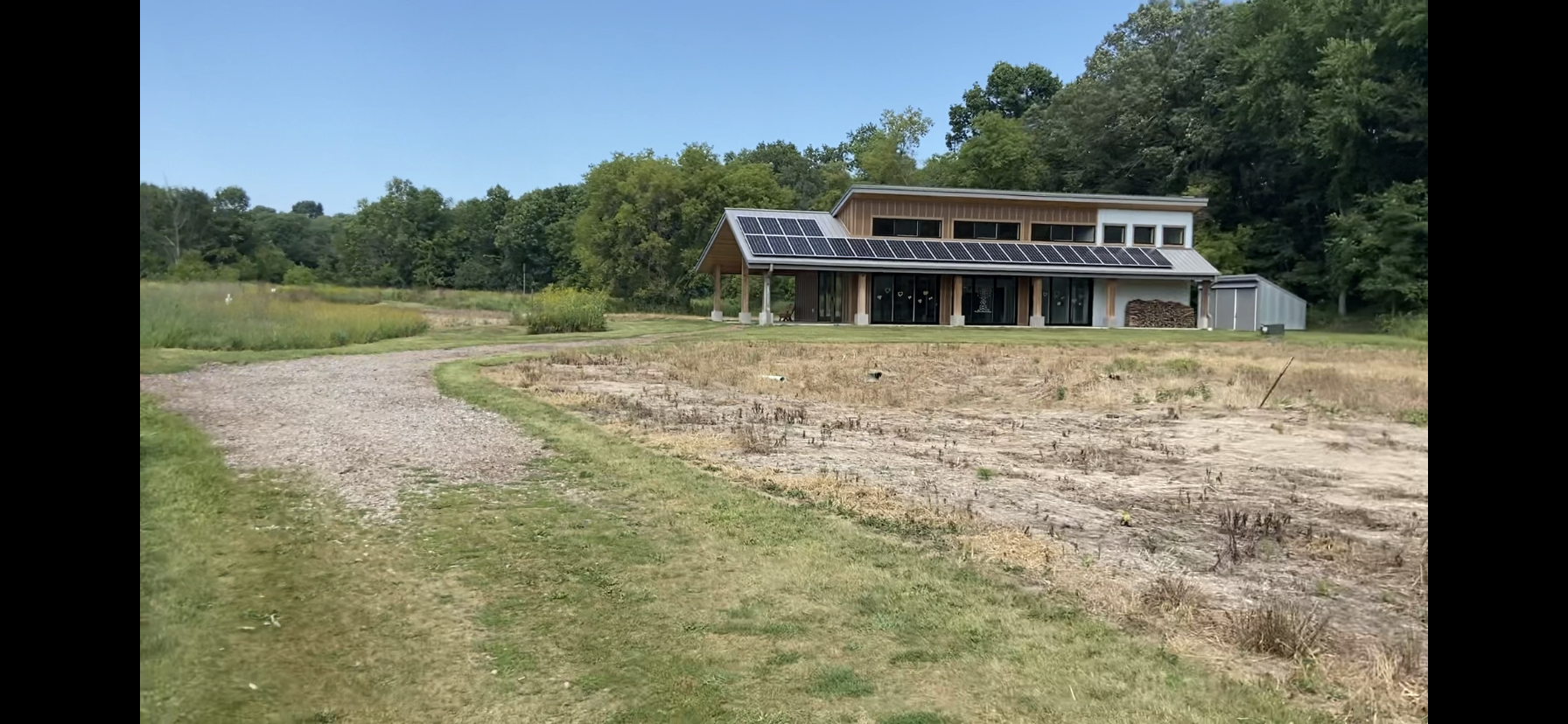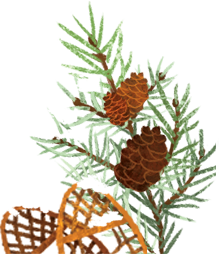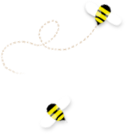
Prairie Restoration: Site Preparation
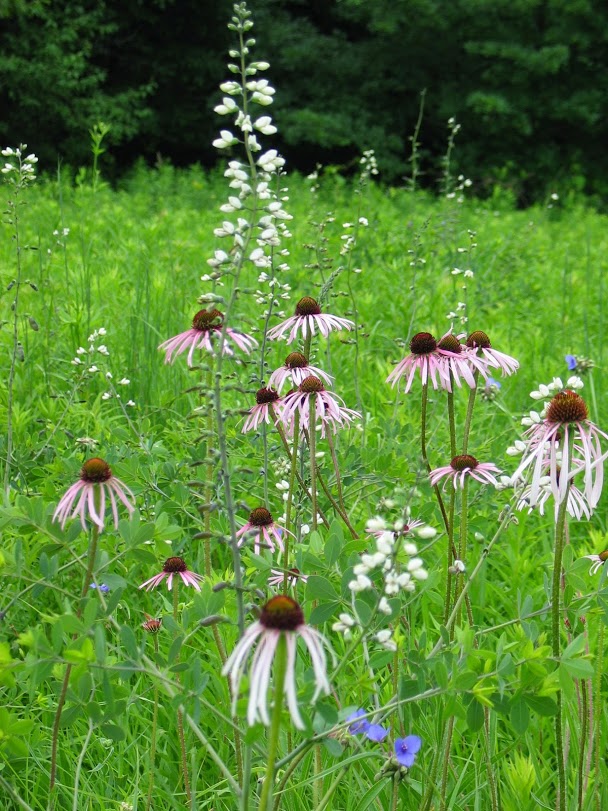
What is the process to restore native prairie?
The process will include killing the existing vegetation, collection and purchase of seed, sowing of the seed in winter of 2020-21, followed by mowing in 2021-22.Later maintenance will include hand weeding and fire every 2-4 years.
Preparing the ground and seeding a prairie is rather different from planting a flower or vegetable garden. Most prairie plants are long-lived perennials - the part in the ground survives the winter and comes up each spring. Prairie plants do not need a soft, tilled-up seed bed; nor do they want added fertilizer. Those sort of preparations will result in many more weedy annual plants, and won’t help the prairie plants. So site preparation consists of killing off not only the visible vegetation, but also much of the weed seed that is in the soil. But we do not want to plow up the soil and bring more weed seeds to the surface. Although there are ways to accomplish this without herbicide, herbicides are most applicable to smaller sites. Rochester Parks and Forestry treated the area to be planted with glyphosate herbicide, multiple times in summer 2020.
Seeding will be done in early winter, onto the snow. This will allow the seeds to melt their way through the snow, and go through the cold, wet months that are needed to induce the seeds to sprout.
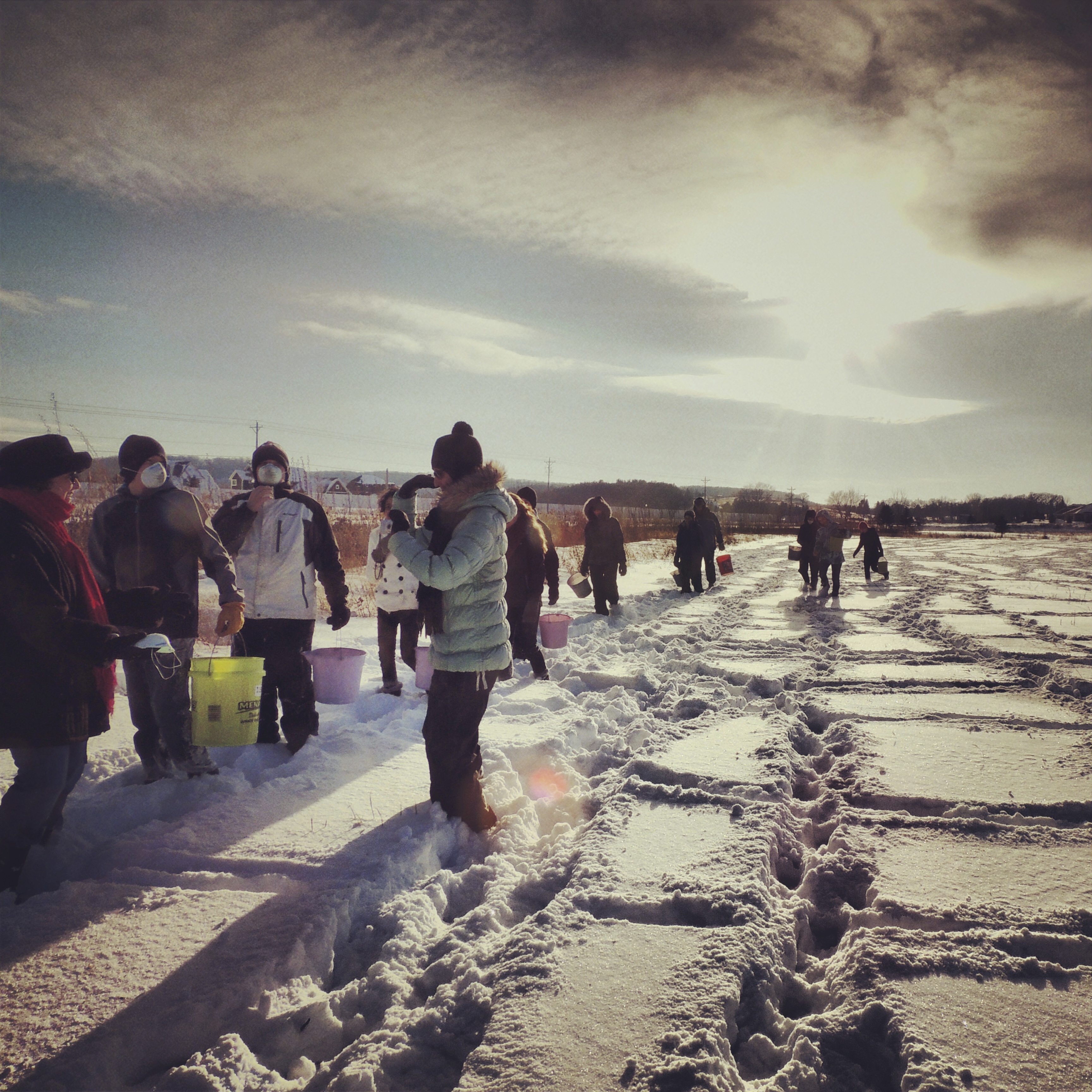
Most prairie plants start growth by putting much of their energy into root growth. They work for the long-term. This is unlike weedy species that put down minimal roots and quickly have lots of above-ground growth. To keep the weeds from taking over and shading out the natives, we will keep the area mowed to about 6 inches high through the first growing season and a half. That way the natives can get some sun and ‘put down roots’, setting them up for long-term success.
So do not expect many flowers in the first couple years. Many of the most desirable native flowers and grasses take several years to get to blooming.



